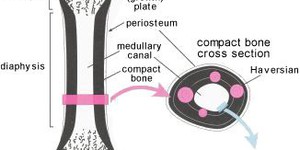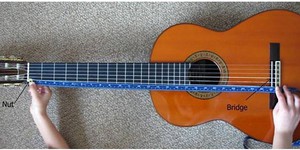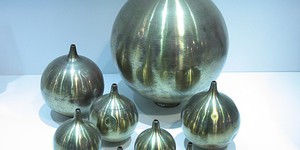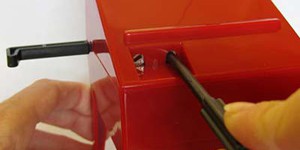Music Science Projects (36 results)
While everyone else is paying attention to what they see, maybe you're focusing on what you can hear. Explore the physics of sound, musical instruments, and even how people respond when they hear music.
|
Select a resource
Sort by
|
For centuries, beautiful bell towers, like the Leaning Tower of Pisa, have been the center of village life, announcing the time of day, the joy of weddings, and the sorrow of funerals. They were also used to call villagers to action in times of danger. Have you ever wondered, though, why people put the bells in towers? The bells are so heavy, why haul them all the way up to the top of tall towers? Why not just ring them on the ground? Putting bells up high does make for a dramatic visual…
Read more
Featured
Have you heard that garlic powder is supposed to inhibit the growth of bacteria? Which do you think would make a better disinfectant: a solution of garlic powder or a solution of bleach? This project shows you a straightforward way to compare the effectiveness of different disinfectants (or other antimicrobial agents), by measuring zones of inhibition on a culture plate.
Read more
Physical activity is needed for maintaining normal bone strength and mass. Can physical stress on finger bones during development lead to an increase in finger length? Check out this project to see how violin players are an example of a "natural experiment" that you can use to answer this question.
Read more
You've probably heard the phrase, "practice makes perfect" more times than you care to remember, but is it actually true when you use a music game as your practice for real-life singing, strumming, or drumming? You can design a science fair project to discover the answer! First, you'll need to think about how to measure how well someone is playing or singing a song in real life. Using the test you design, measure several musicians' ability to play or sing a few different songs. Then have your…
Read more
Did you know that your guitar has a secret? Yes, that's right—hidden along each string are special places where you can play harmonics and make your guitar sound like a bell! In this music science fair project, you'll find out where the main harmonics are located on a guitar, and then see how those locations are related to the length of the strings. So get out your guitar—it's time to ring in a science fair project!
Read more
Helmholtz resonance, or air cavity resonance, refers to the resonance of air in a container with a small opening, like a plastic bottle or the devices shown in Figure 1. The resonant frequency of the air depends on the volume of the air in the container and the geometry of the opening (its length and cross-sectional area). The Helmholtz frequency is not the same as the natural frequency of an air column in a cylinder, where the opening is the same size and shape as the rest of the cylinder. …
Read more
Do you enjoy singing contests like American Idol? Well, male songbirds have their own version of a singing competition that has been going on for thousands of years, and classical musical composers have been taking notes! In this music science fair project, you'll investigate the different instruments composers have used to imitate or create impressions of bird songs and bird calls.
Read more
Do you love to listen to your MP3 player while you're exercising, or listen to songs on the Internet? The relatively recent development of MP3 technology has made it possible to take a stack of CD's and store them on a device no bigger than a deck of cards. How does the MP3 format squeeze all those CD's down so well, and can it go too far? Try this music science fair project to find out!
Read more
Here is a riddle for you: name an instrument that you play with your hands but never actually touch. Have you guessed the answer? It is a theremin! This unusual instrument makes sound without anyone touching it. How does a theremin work? It has an antenna that can detect the player's hand nearby, and as they move their hand around the theremin, the sound it makes changes based on the hand's position. In this music science project, you will get to use your own mini theremin to investigate…
Read more
Walk into any music store and you'll find a dizzying array of string choices for your classical guitar, including rectified nylon, clear nylon, carbon fluoride, bronze wound, phosphor bronze wound, silver-plated copper wire, Polytetra-flouro-ethylene (PTFE), each in a range of tensions from low to high. There is no single best brand or best material. All have their advantages and disadvantages. A set of strings that sounds "sparkling" on one guitar might sound dull on another, primarily because…
Read more
If you like music and musical instruments, here is a project that might resonate with you! This is a fun experiment to investigate materials that could be used to build acoustic musical instruments. You can use a music box mechanism and a sound level meter to see which materials make the best soundboards.
Read more
|
Explore Our Science Videos
Solve A Mirror Maze Reflection Challenge!
The Ambiguous Cylinder Illusion
Cotton Ball Launcher - Fun STEM Activity










